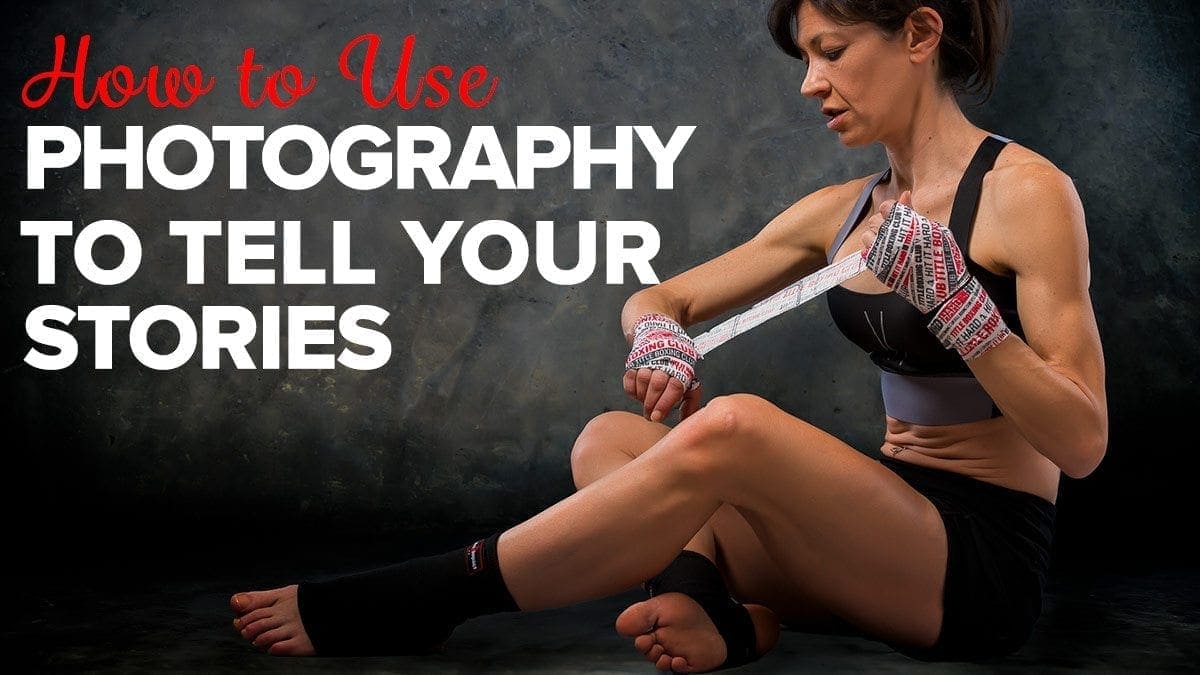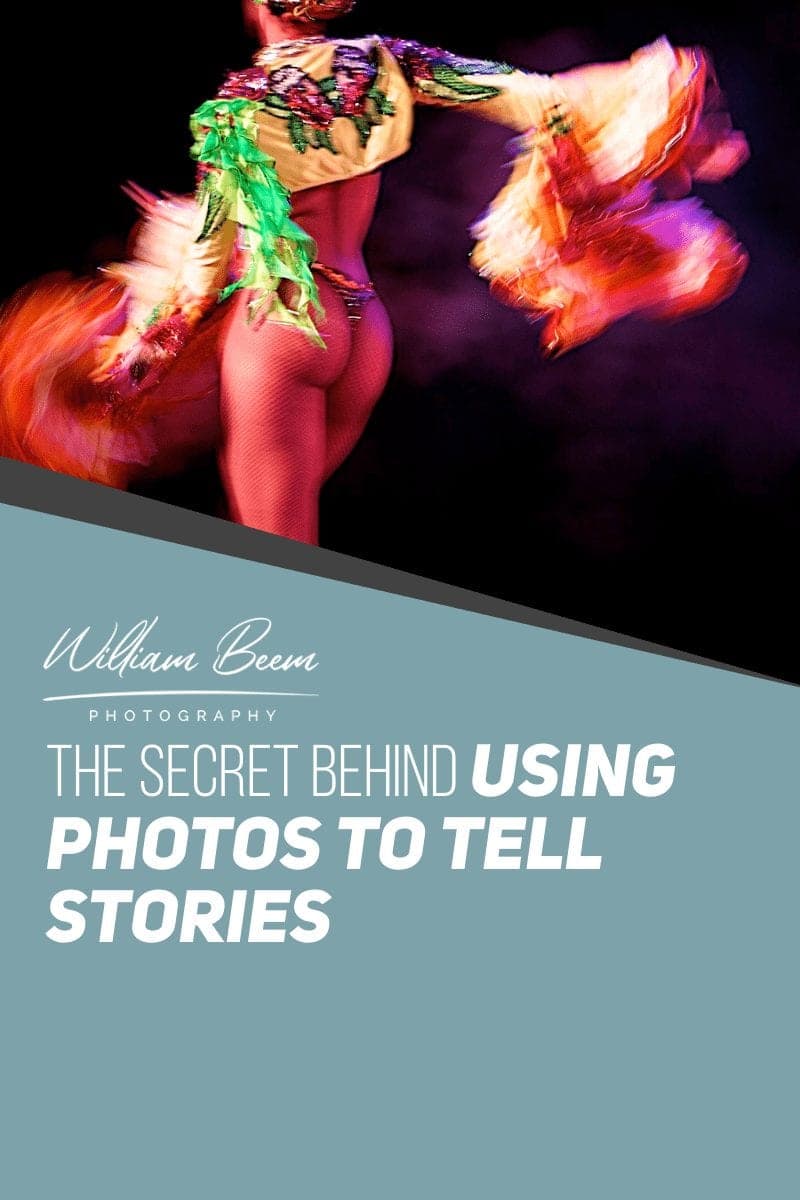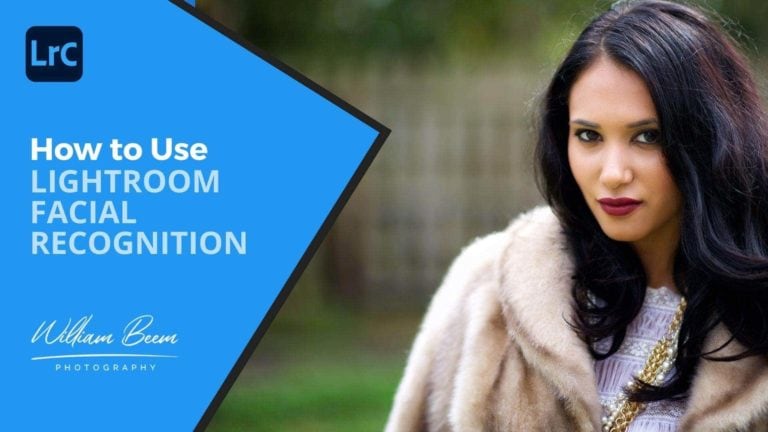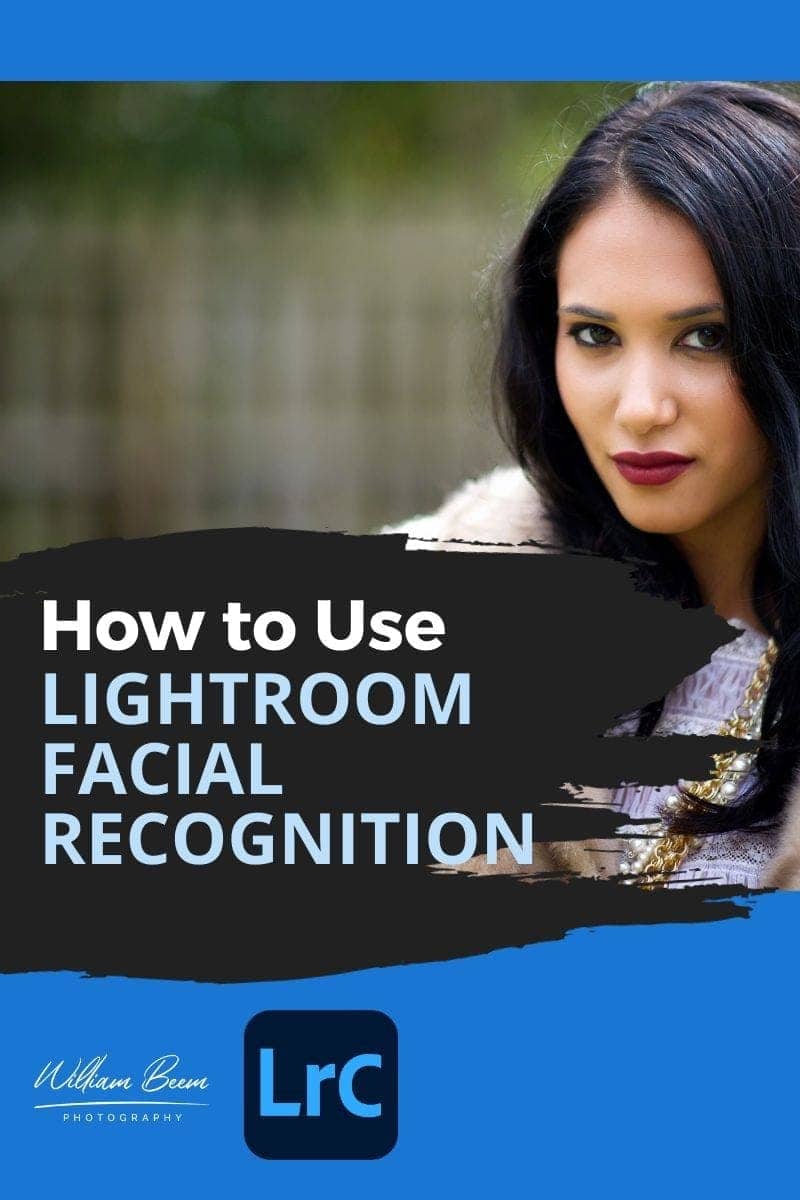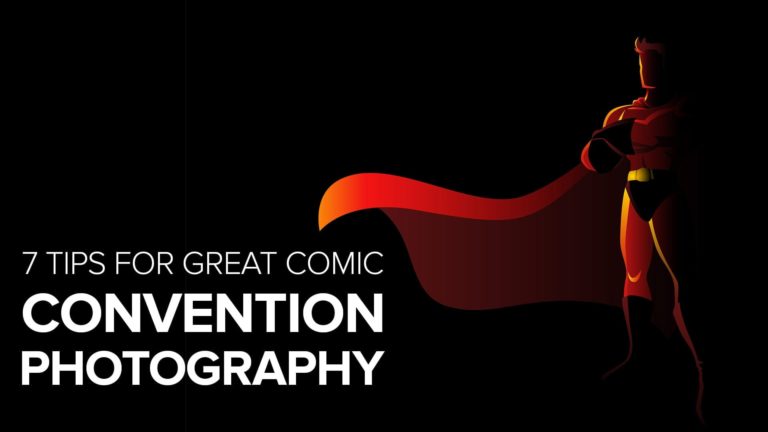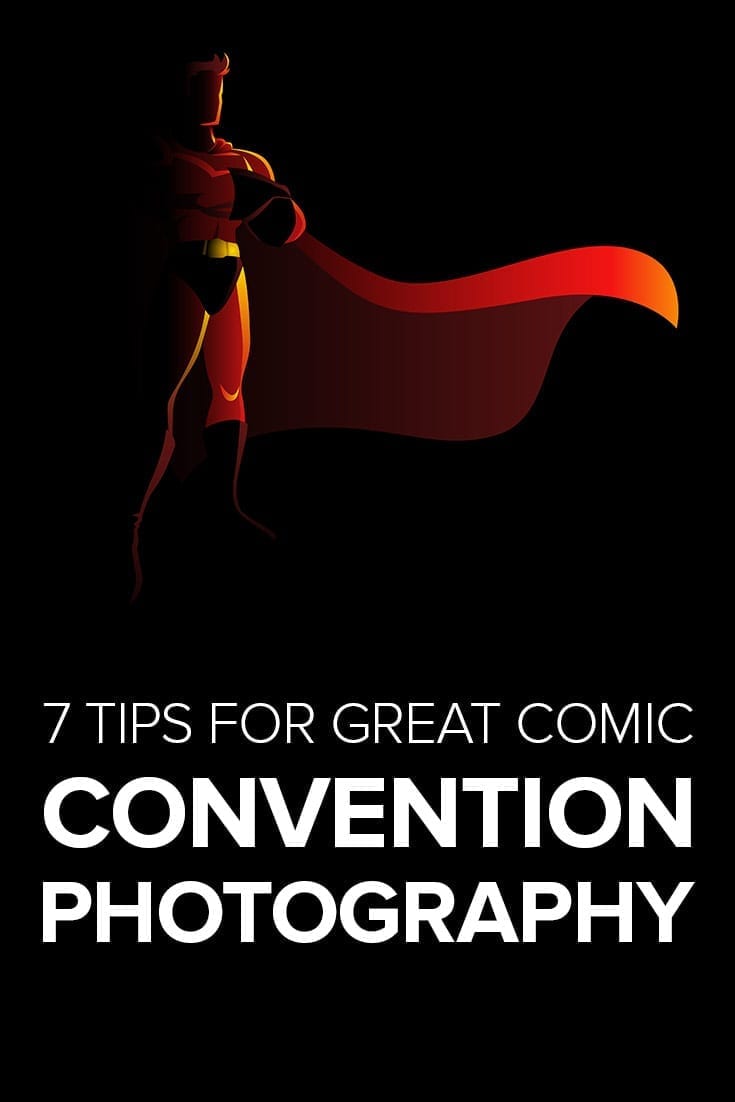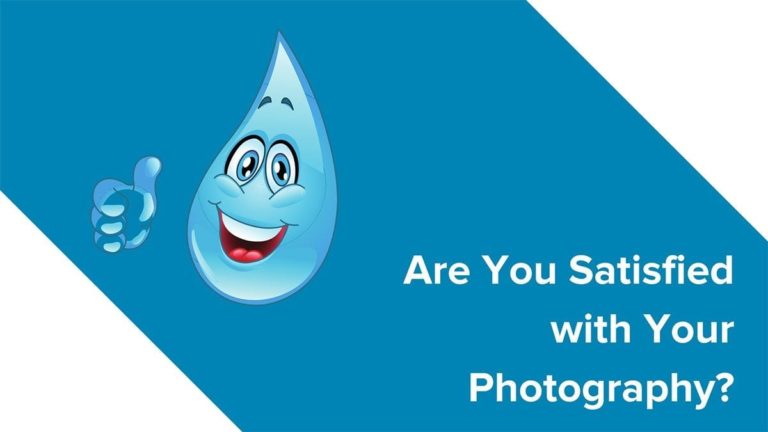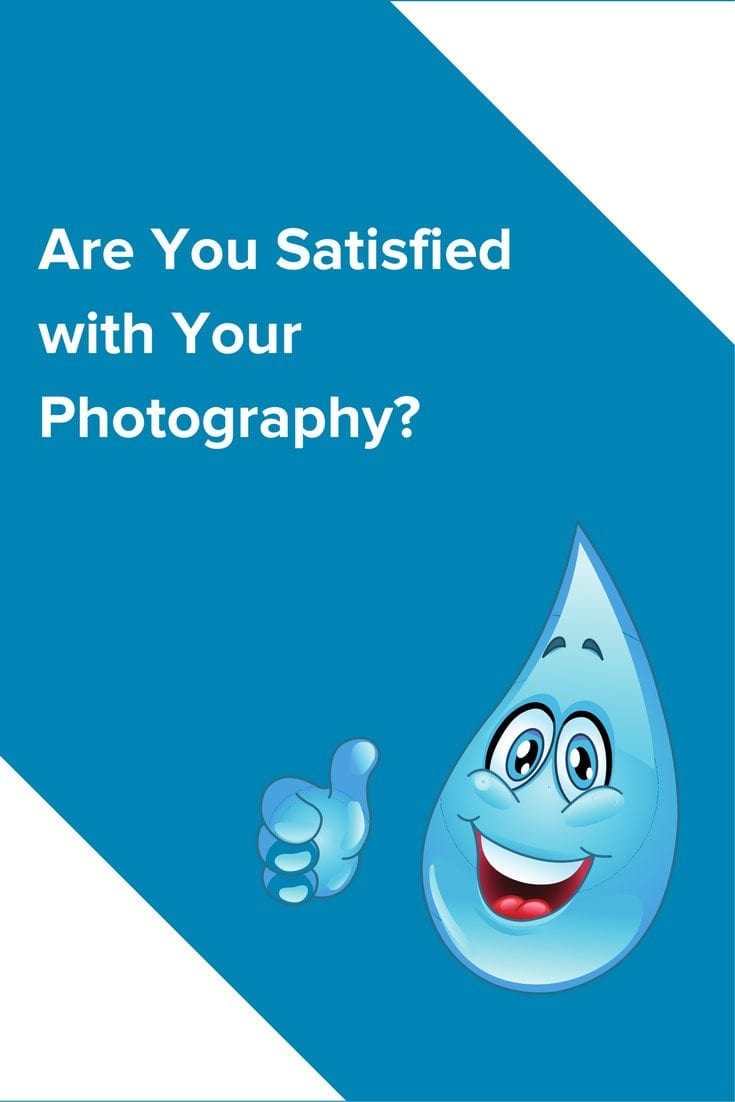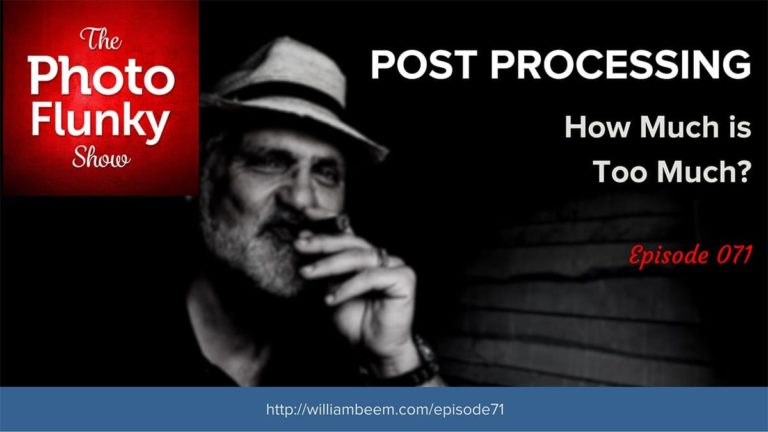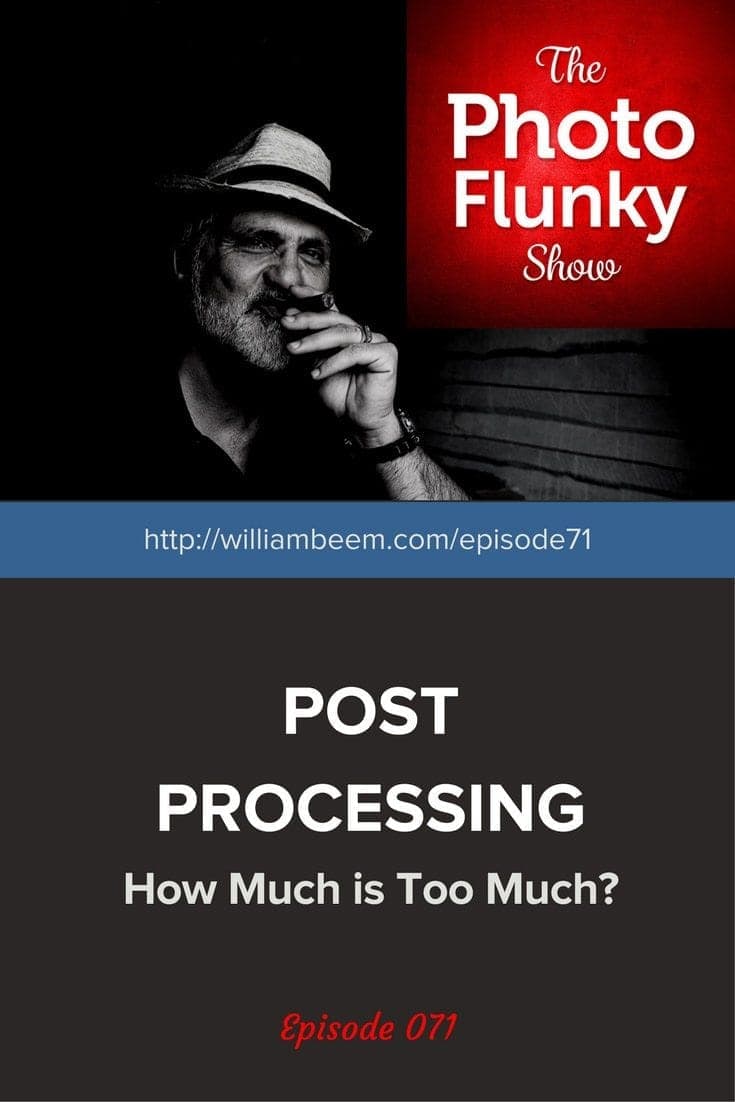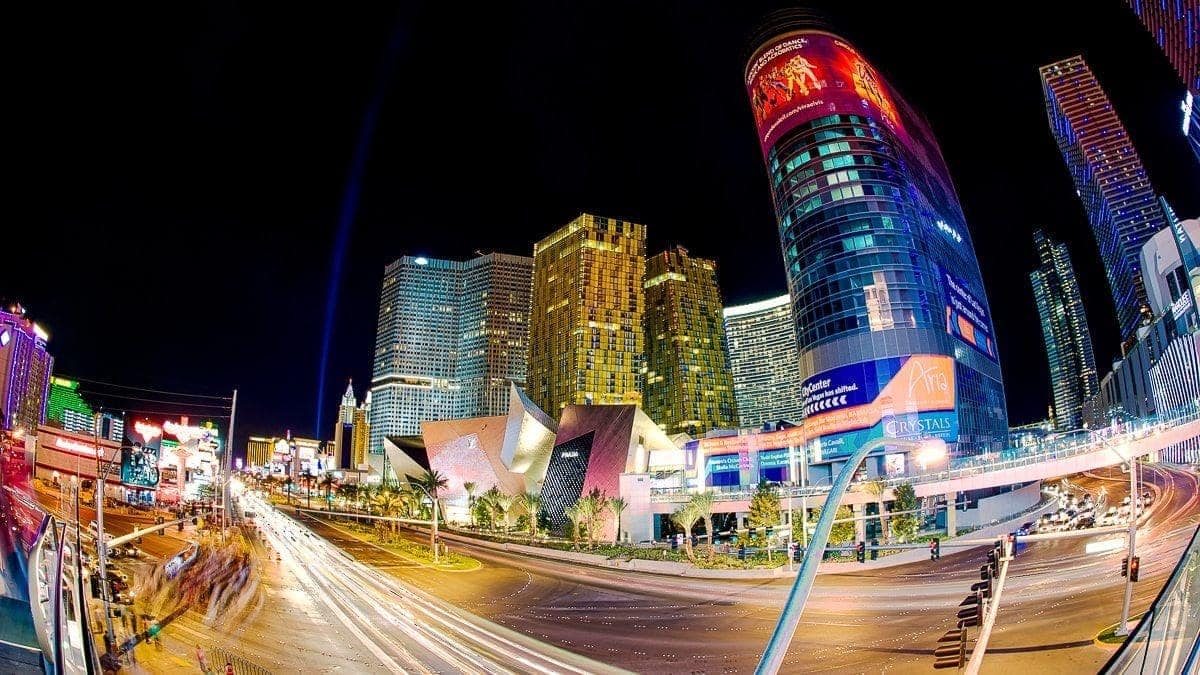Affiliate Disclosure: We earn a commission if you purchase through one of our links at no additional cost to you.
Knowing how to use photographs to tell your stories can provide several benefits. In this episode of The Photo Flunky Show, we’ll discuss why you want to tell stories with your photographs and cover many ways to do it.
Why Use Photographs to Tell Your Stories?
This is a bit of a theme for me. Not just the part about saying that your photographs should tell stories, but also recommend that you don’t think of yourself as a photographer.
We love our photography, but ask yourself why it’s so important to you. I’m guessing that it’s because you enjoy doing something creative.
If that’s the case, there’s more to creating a photograph than just apertures, shutter speeds and technical skills. We love beautiful subjects bathed in beautiful light. No doubt.
Yet there’s something more possible for a viewer.
Your viewer can glance at your photo or maybe look deeply into it for a long time. What makes the difference?
Tell A Story
We’re programmed in our DNA to love stories. It’s why we have movies, books, plays and music. The most compelling entertainment moves us with progression. We want to understand it deep in our soul.
Stories provide that connection with your audience. Even if the story is brief. A lonely person drinking coffee. A baseball player who just hit one over the fence. A bride and groom making a commitment. A place we want to visit. Food we want to eat.
All of those are potential stories we can tell with our photography.
Yet there is more to storytelling than simply one photograph. That’s why we have photo essays, wedding albums, travel books and other collections of photos wrapped around a theme.
Together, they comprise moments in a larger story.
In other words, you can use photographs to tell stories that are more like Seinfeld than Game of Thrones.
What Makes Up a Story?
When you look at a photograph, what is it that makes you linger or pass it up?
We can determine if something isn’t interesting at a glance. It doesn’t take many brain cells to recognize something that doesn’t appeal to us.
However, we stop and look at something that has the potential for appeal. Why is that?
If you expect me to tell you that it’s because of a story, that’s not quite it. A story is a supporting character here, but not the main object of obsession.
Visual Stories Are About Relations
We stop and look when we can relate to the photograph.
The quality of the photograph definitely helps, but technical quality alone doesn’t make a photograph interesting. I can show you a technically perfect photograph of a pothole in a parking lot, but most of you aren’t going to spend time on it.
We’re drawn to photographs that relate to us within a context we understand, admire or appreciate.
That’s why we have so many genres in the arts. Some people love portraits, others love landscapes, wildlife or food photography. Some people really enjoy and appreciate URBEX photography.
I am not one of them.
Yet even though it’s not my favorite type of photography, I understand that there’s an audience who appreciates that genre. To them, it exemplifies the unknown, a sense of adventure, or even an aesthetic for high contrast.
When you look at photos of an old, dilapidated building, it may pique your curiosity. What was this place? Who was here? What did they do? Why did they let it go, or where did they go?
There’s a sense of history in every URBEX photograph. The word “story” is an integral part of “history.” This is how we engage, learn and appreciate.
A story is something that helps your viewer relate to a photograph. Stories evoke a sense of curiosity, familiarity and adventure. Knowing how to use photographs to tell a story improves your odds of making someone stop and look at your work.
How to Use Photographs to Tell Your Stories
There are two ways to use photographs to tell your stories.
- Each photo tells a brief story of its own
- A collection of photos tells different parts of a larger story
If this sounds difficult, don’t worry. It’s not that hard to conceive how to use photographs to tell your stories. The first step is to know what you want to communicate.
One of the most obvious examples for many photographers are wedding photos. Think of all the different parts of the day that have to come together to make a wedding work, the penultimate moment of a wedding, and its natural conclusion.
You can do this with any genre of photography. One of the other examples I mentioned in the podcast is the story for a food photographer.
Gathering the ingredients, preparing food, creating the presentation, delivering it to the waiting guests and their reaction to the food, and then returning to clean up your kitchen. OK, I’m not a food photographer, but that seems like it has potential for a story.
Each photo is a moment – a story – in a larger story. All of the photos are related, yet they say something unique in support of a larger story.
Developing a Theme
In my own case, I mentioned my desire to create a portfolio of photos that I want to show in a gallery. My theme is photos of athletes doing what they love.
However, I came to the conclusion that isn’t enough.
Athletes go through many stages in their journey. Some are highs, some downright low times happen to everyone. Those elements need to be part of the overall story.
I want to follow the story line from the moment an athlete commits to an event, go through the training and preparation, the emotions of the event and finally show the wind-down or collapse once it’s over.
Think about the training in itself. What do they do when it’s raining or snowing outside, but they’re supposed to go run? The dedicated athletes suck it up and go work in the lousy weather, because the objective is more important than going back to bed.
Watch any sport and you’ll see changes from start to finish. Highs and lows along the way are part of the emotion that draws fans to sporting events. Finally, the game or match comes to an end. Win or lose, there’s an emotional element to it. The athlete still has a body full of endorphins that keep them moving.
When those endorphins wear off, it’s time to wind-down or collapse. That’s part of the story, too. Maybe all the fans are gone, but they must process their journey’s end.
Those elements must be part of my portfolio to truly tell a story.
However, I don’t have to follow one person or even one sport to tell that story. I can define the individual moments that I need, shoot different athletes in their moment, and combine them to tell a story of a journey they all share.
That’s how to use photographs to tell your stories.
Jordan Matter Instagram
We mentioned Jordan’s Instagram page on the podcast and wanted to share it here. He knows how to use photographs to tell stories and keeps a consistent, impactful theme.
https://www.instagram.com/jordanmatter/
Skylum Coupon Code
At the start of the show, I mentioned that you can save 10% (or $10) on Skylum software using my coupon code. This is my affiliate code, which means that I make a small commission if you purchase from me, but it also means that you save money.
For Skylum products like Luminar Neo and Aurora HDR, you save $10.
Just visit: https://williambeem.com/skylum
When you check out, use my Skylum coupon code: BEEM

